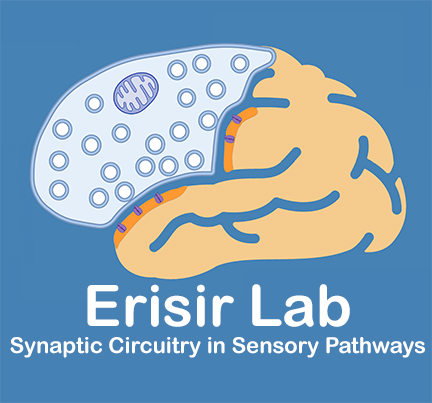Abstract
The thalamus is the main gateway for sensory information from the periphery to the mammalian cerebral cortex. A major conundrum has been the discrepancy between the thalamus's central role as the primary feedforward projection system into the neocortex and the sparseness of thalamocortical synapses. Here we use new methods, combining genetic tools and scalable tissue expansion microscopy for whole-cell synaptic mapping, revealing the number, density and size of thalamic versus cortical excitatory synapses onto individual layer 2/3 (L2/3) pyramidal cells (PCs) of the mouse primary visual cortex. We find that thalamic inputs are not only sparse, but remarkably heterogeneous in number and density across individual dendrites and neurons. Most surprising, despite their sparseness, thalamic synapses onto L2/3 PCs are smaller than their cortical counterparts. Incorporating these findings into fine-scale, anatomically faithful biophysical models of L2/3 PCs reveals how individual neurons with sparse and weak thalamocortical synapses, embedded in small heterogeneous neuronal ensembles, may reliably 'read out' visually driven thalamic input.
